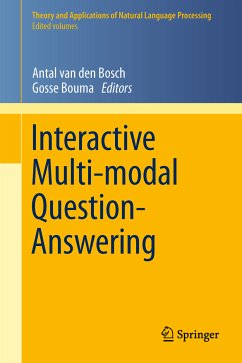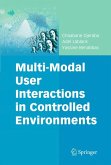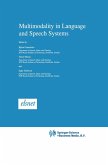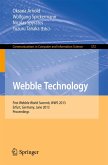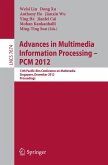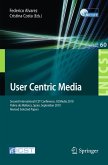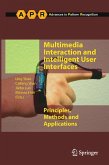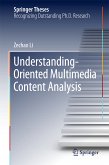The contributions in this book, which grew out of the IMIX project funded by the Netherlands Organisation for Scientific Research, document the development of this system, but also address more general issues in natural language processing, such as the development of multidimensional dialogue systems, the acquisition of taxonomic knowledge from text, answer fusion, sequence processing for domain-specific entity recognition, and syntactic parsing for question answering. Together, they offer an overview of the most important findings and lessons learned in the scope of the IMIX project, making the book of interest to both academic and commercial developers of human-machine interaction systems in Dutch or any other language.
Highlights include: integrating multi-modal input fusion in dialogue management (Van Schooten and Op den Akker), state-of-the-art approaches to the extraction of term variants (Van der Plas, Tiedemann, and Fahmi; Tjong Kim Sang, Hofmann, and De Rijke), and multi-modal answer fusion (two chapters by Van Hooijdonk, Bosma, Krahmer, Maes, Theune, and Marsi).
Watch the IMIX movie at www.nwo.nl/imix-film .
Like IBM's Watson, the IMIX system described in the book gives naturally phrased responses to naturally posed questions. Where Watson can only generate synthetic speech, the IMIX system also recognizes speech. On the other hand, Watson is able to win a television quiz, while the IMIX system is domain-specific, answering only to medical questions.
"The Netherlands has always been one of the leaders in the general field of Human Language Technology, and IMIX is no exception. It was a very ambitious program, with a remarkably successful performance leading to interesting results. The teams covered a remarkable amount of territory in the general sphere of multimodal question answering and information delivery, question answering, information extraction and component technologies."
Eduard Hovy, USC, USA, Jon Oberlander, University of Edinburgh, Scotland, and Norbert Reithinger, DFKI, Germany
Dieser Download kann aus rechtlichen Gründen nur mit Rechnungsadresse in A, B, BG, CY, CZ, D, DK, EW, E, FIN, F, GR, HR, H, IRL, I, LT, L, LR, M, NL, PL, P, R, S, SLO, SK ausgeliefert werden.
"Researchers in broad disciplines ... usually conduct their research by breaking the general problem down into many small problems. ... It is rare for many researchers to coordinate their efforts and demonstrate what progress has been made to solve the general problem. This book documents one such effort. ... The book is a collection of chapters written by various researchers in the IMIX project. ... Anyone who wants to know about the state of the art in question answering will be interested in this book." (D. L. Chester, ACM Computing Reviews, August, 2011)

